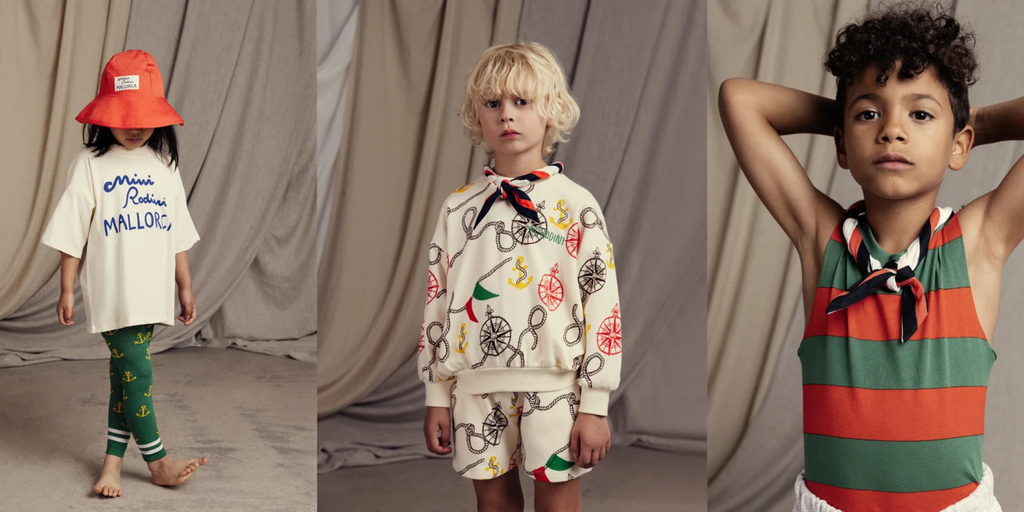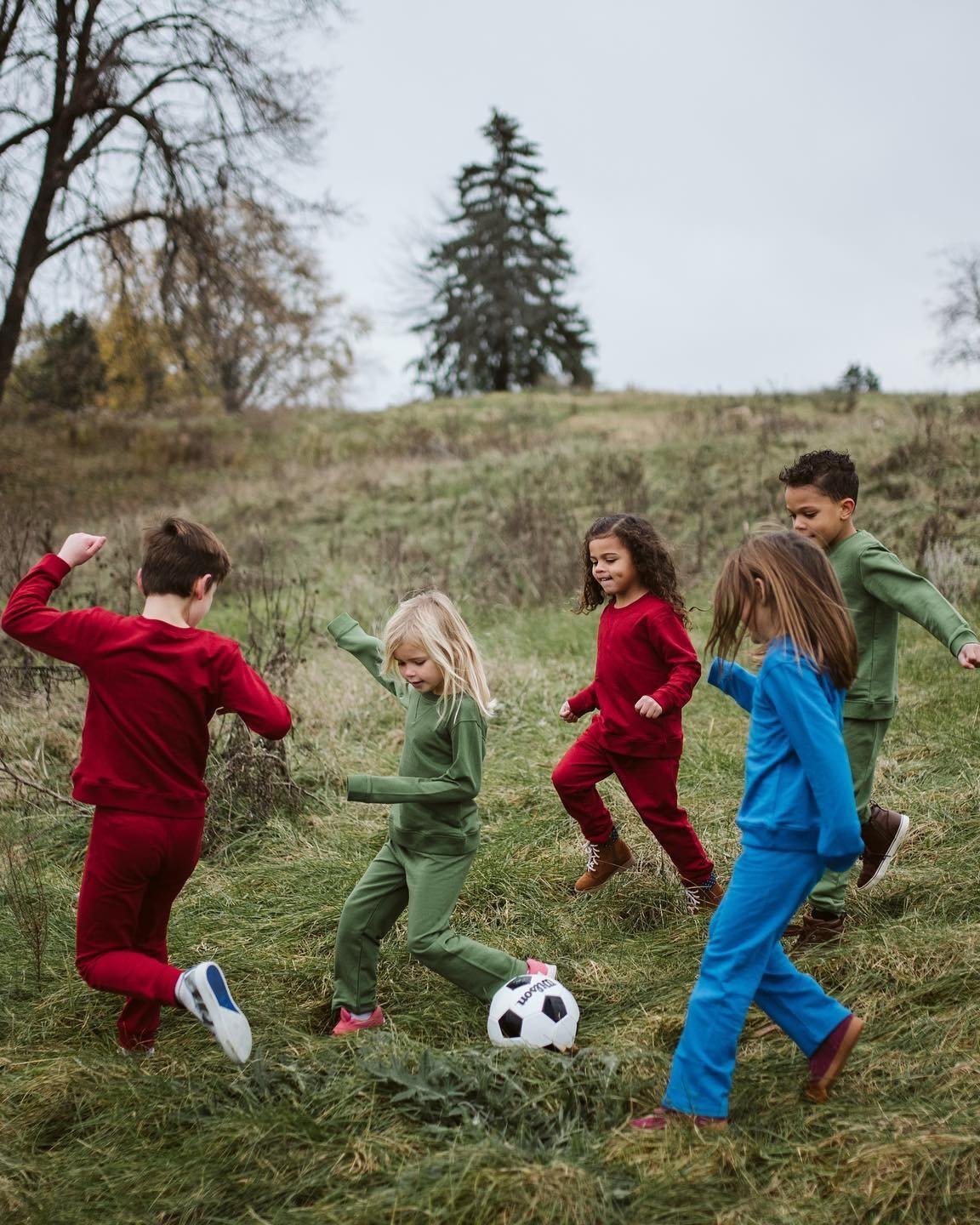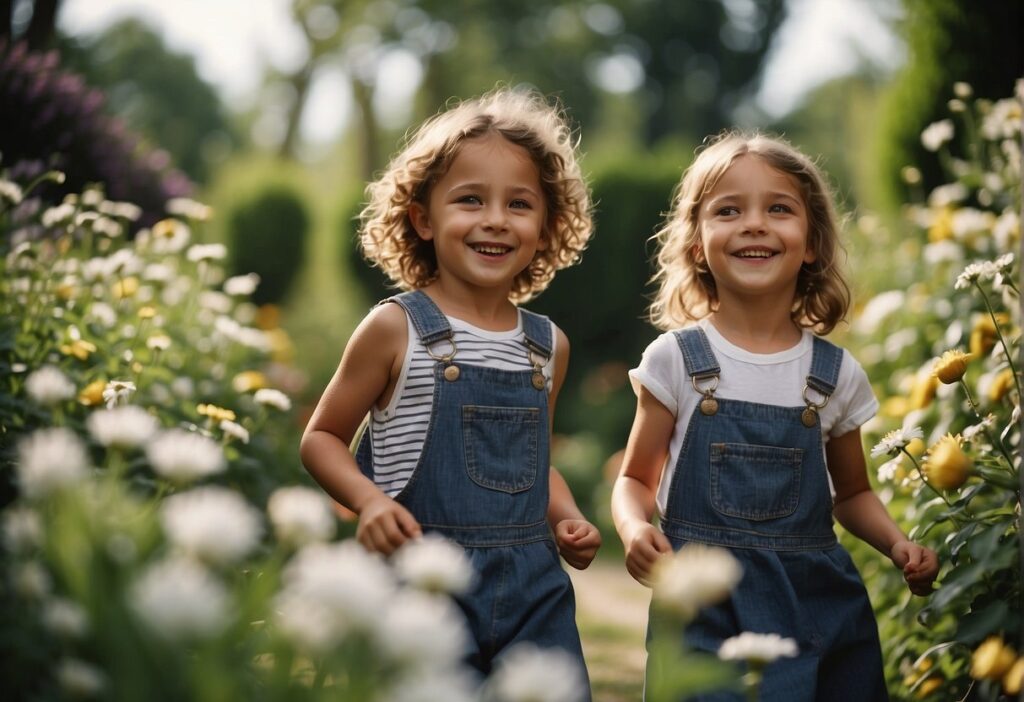Uncategorized
Eco-Friendly Kids Fashion: Sustainable Choices for Children
As the world increasingly shifts towards sustainability, eco-friendly fashion for children has become more important than ever. Parents today are looking for ways to provide their children with stylish clothes that are not only comfortable but also kind to the planet. Eco-friendly kids fashion focuses on using sustainable materials, ethical production practices, and mindful purchasing decisions to create clothing that minimizes environmental impact.
In this article, we’ll explore the various ways you can make sustainable choices for your child’s wardrobe, providing them with high-quality, eco-conscious clothing options that support a greener future.
Why Eco-Friendly Kids Fashion Matters
Eco-friendly fashion isn’t just a trend—it’s a necessity. The fashion industry is one of the most polluting industries globally, contributing to water waste, chemical pollution, and significant carbon emissions. When it comes to children’s clothing, this impact is even more concerning since kids grow quickly, which often leads to frequent wardrobe overhauls.
By opting for eco-friendly kids fashion, you are:
- Reducing Environmental Impact: Sustainable materials such as organic cotton, bamboo, and recycled fabrics use fewer resources and produce less pollution during production.
- Supporting Ethical Practices: Many eco-friendly clothing brands focus on fair labor practices, ensuring that workers are paid fairly and work in safe conditions.
- Encouraging Longevity: High-quality, sustainable clothing lasts longer, reducing the need for frequent replacements and promoting a “buy less, choose well” mentality.
Sustainable Fabrics for Kids Clothing
One of the easiest ways to make your child’s wardrobe more eco-friendly is by choosing sustainable fabrics. These materials not only reduce environmental harm during production but also ensure comfort and durability for your child. Here are some of the most popular eco-friendly fabrics in kids’ fashion:
1. Organic Cotton
Organic cotton is one of the most common sustainable fabrics used in children’s clothing. Unlike conventional cotton, which requires large amounts of pesticides and water, organic cotton is grown without harmful chemicals, making it gentler on both the environment and your child’s skin. It’s soft, breathable, and perfect for t-shirts, dresses, and everyday wear.

2. Bamboo
Bamboo fabric is another eco-friendly option that has gained popularity in kids’ fashion. It is naturally biodegradable and requires little water to grow. Bamboo clothing is breathable, moisture-wicking, and hypoallergenic, making it an excellent choice for sensitive skin. Bamboo fabric can be used to make everything from socks to baby clothes, offering a sustainable yet comfortable option for your child.
3. Hemp
Hemp is a strong, durable fabric that requires minimal water and pesticides to grow. It’s naturally resistant to mold and mildew, making it perfect for outdoor adventures and active kids. Hemp clothing is known for its longevity, so it’s a great investment for both durability and sustainability. It can be used for jeans, jackets, and even shirts, offering a stylish and eco-conscious alternative.
4. Recycled Polyester
Recycled polyester is made from post-consumer plastic waste, such as plastic bottles, and is transformed into a high-quality fabric. By using recycled polyester, brands reduce the need for virgin polyester production, which is energy-intensive and polluting. It’s a great option for kids’ outerwear, activewear, and accessories, offering the durability of polyester without the environmental cost.
5. Tencel (Lyocell)
Tencel is a fabric made from sustainably sourced wood pulp, usually from eucalyptus trees. The production process uses a closed-loop system, meaning that most of the chemicals and water used are recycled, making it a low-impact fabric. Tencel is smooth, soft, and breathable, ideal for making dresses, shirts, and other soft clothing items for children.

Ethical and Eco-Conscious Kids Clothing Brands
In addition to choosing sustainable fabrics, supporting ethical kids clothing brands is another essential step in creating an eco-friendly wardrobe. Many brands are making strides in offering eco-conscious and socially responsible kids’ clothing. These brands focus not only on using sustainable materials but also on fair wages, safe working conditions, and community impact.
Some key eco-friendly kids fashion brands include:
- Mini Rodini: Known for their use of organic cotton and recycled materials, Mini Rodini offers a variety of stylish clothing for kids that are both fun and sustainable.
- Burt’s Bees Baby: This brand uses 100% organic cotton and focuses on eco-friendly dyes and sustainable production practices.
- Frugi: A UK-based brand specializing in organic cotton clothing, Frugi designs vibrant, playful clothes with sustainability at the forefront of their mission.
- PACT: Known for using organic cotton and fair-trade practices, PACT offers a range of basics that are both comfortable and eco-friendly.
Tips for Building an Eco-Friendly Kids’ Wardrobe
Building an eco-friendly wardrobe for your child doesn’t mean sacrificing style or comfort. Here are some practical tips for making sustainable choices when shopping for kids’ clothes:
1. Buy Less, Choose Well
Instead of purchasing multiple fast-fashion pieces, focus on buying high-quality items that will last longer. Look for durable fabrics and timeless designs that your child can wear for years, and choose items that are versatile enough to mix and match.
2. Opt for Gender-Neutral Clothing
Gender-neutral clothing is not only inclusive but also reduces the need for separate clothing lines for boys and girls, which can result in overproduction and waste. Simple, unisex styles like plain t-shirts, hoodies, and sweatpants can be worn by any child, regardless of gender.
3. Shop Secondhand or Upcycled Clothing
Buying secondhand clothing is a fantastic way to reduce waste and support sustainable fashion. Thrift stores, consignment shops, and online secondhand marketplaces offer gently used kids’ clothes at a fraction of the price. Additionally, consider upcycled clothing, which is made by repurposing old garments into something new and stylish.
4. Buy Clothing with Long Lifespan
Look for items that are designed to last. For example, choose adjustable waistbands in pants and skirts that allow for growth, or opt for items that can be easily handed down to younger siblings or donated once outgrown. Investing in clothes that can be passed on reduces the need for constant buying and supports a circular fashion system.
5. Care for Clothes Properly

Taking care of your child’s clothing is essential to ensuring it lasts longer. Follow the care instructions on clothing tags to prevent premature wear and tear. When possible, wash in cold water, avoid using dryers, and air-dry clothes to preserve their quality.
Conclusion: Eco-Friendly Kids Fashion for a Greener Future
Making sustainable choices for your child’s wardrobe is a powerful way to contribute to a healthier planet while keeping your little one stylish and comfortable. By choosing eco-friendly fabrics, supporting ethical brands, and adopting mindful shopping habits, you can create a wardrobe that not only meets your child’s needs but also minimizes environmental impact.
Sustainability in fashion is more than just a trend—it’s an essential step toward a greener, more responsible future for our children. Let’s work together to create a world where stylish, comfortable clothing and a healthy planet go hand in hand.

